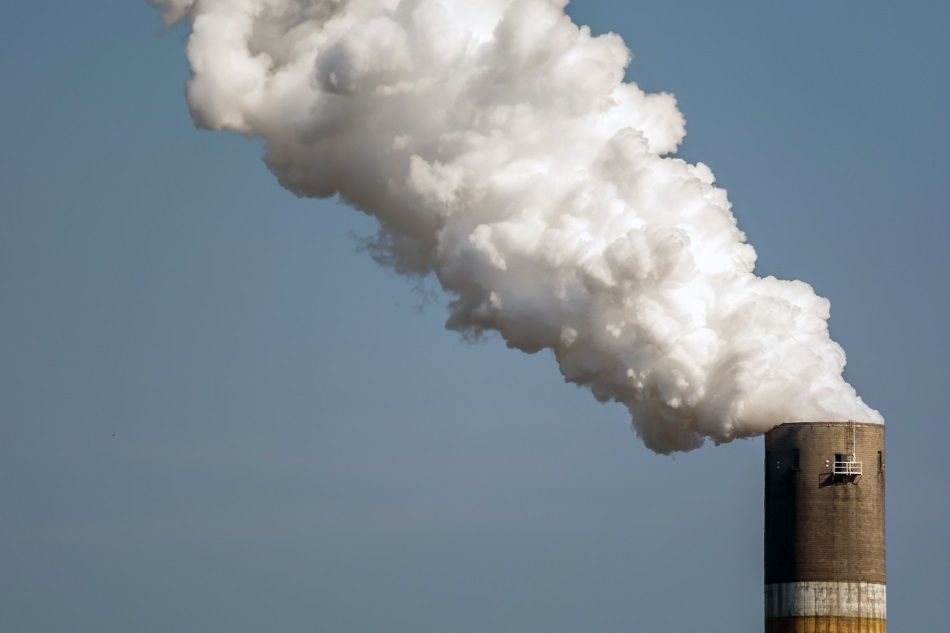
Image Credit: Ralf Geithe/Shutterstock.com
In-Situ gas analyzers are one of the two ways used to oversee the emissions of stack gases - which are the gases passing through a smokestack. The other way to monitor these emissions is through extractive analysis, which typically extracts a gas flow from a duct and releases it to an analyzer module.
Attributable to cheaper manufacturing costs, in-situ analyzers are usually a more cost-effective option to monitor gases. These analyzers are not made with filters, therefore, measurements tend to be reliable, because no filterable substances are being sieved out. In-situ analyzers sometimes do not perform well under forceful gasses and exorbitant temperatures.
In-situ gas analyzers can offer real-time gas analyses simultaneously to their processing of metrics. These systems can be configured at the measurement site and they take measurements almost instantly within the process. A positive of this efficiency is the analyzer’s ability to generate quick feedback with little maintenance demands.
Benefits of in-situ gas analyzers include their easy operation and extreme reliability - they can be safely operated from a distance. The devices have measurement cell protection, which ensures reliable metrics despite difficult conditions or lack of attention. As well as reliability and quality, in-situ gas analyzers are also known for having long service lives and good self-censoring; their internal self-monitoring dismisses the need for manual work.
Although in-situ gas analyzers can be applied in most industries, they are commonly used to collect information in fired heater safety and optimization, limiting oxygen control, and ammonia slip for SCR optimization.
Companies offer many compact forms of in-situ gas analyzers. Some are used to focus on individual measurements and others can calculate multiple gas emissions. There are cross-duct versions of in-situ gas analyzers, as well as probe versions, which are primarily needed in single-sided gas duct installation.
In-Situ Gas Analyzers vs. Extractive Analysis
Extractive analyzers require a more in-depth installation and therefore run at a higher cost compared to in-situ gas analyzers. It is important to consider what the extractive analysis needs to reveal because there are three types of this device on the market: a dilution-based, hot-wet, and dry-basis system. Each system needs to be applied to the right situation since they perform better under abiding conditions.
Once the extractive analyzer is built and installed, there is not much more required of the user. It can handle extreme temperatures, as well as perform very safely without the added requirement of human involvement.
Unfortunately, extractive analyzers cannot function well with rampant moisture; wetness or dampness must be under control or nonexistent. Dampness can damage the sampling system and cause acid mist to violate data and generate incorrect measurements. Small samples also require monitoring as some extractive systems have absorbed entire samples which again processes false data.
Conclusion
In-situ gas analyzers are a great source for monitoring and measuring stack gas emissions. Varying companies will offer an in-situ gas analyzer that is tailored to the research’s specific needs.
Different types of in-situ gas analyzers have been successful in overseeing and quantifying metrics for blast furnace gas, recovery gas, calorific value analysis, converter gas, electric catching focal safe control, garbage incineration, and coal injection monitoring. In-situ gas analyzers’ wide-scope of application is what makes them such a popular and effective tool in gas-lead industries.
Industries look to in-situ gas analyzers not only for their performance but accredited reliability and accuracy. These devices are pedestalled for their cost-effective installation and minimal maintenance, as well as their material makeup for unfiltered and veracious calculations.
While the pros and cons of in-situ gas analyzers and extraction analyzers are important to weight out, it is equally vital to install a device that tailors to the situation’s needs. Each of these devices has several models, and all of them cater to different conditions, industries, and functions.
Sources and Further Reading
Disclaimer: The views expressed here are those of the author expressed in their private capacity and do not necessarily represent the views of AZoM.com Limited T/A AZoNetwork the owner and operator of this website. This disclaimer forms part of the Terms and conditions of use of this website.